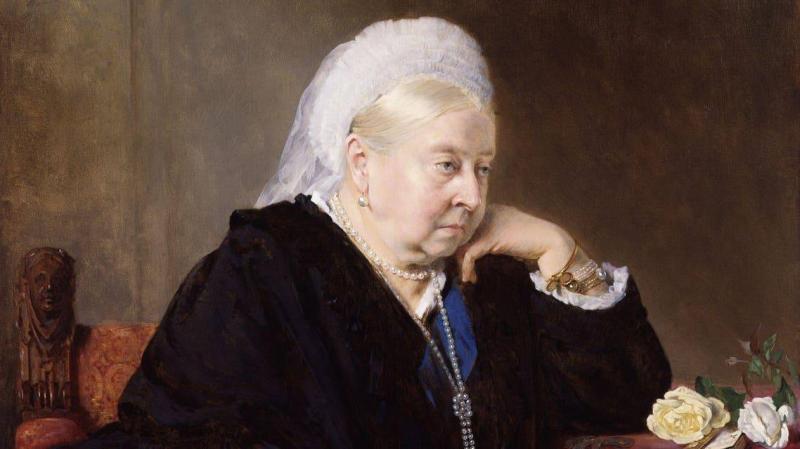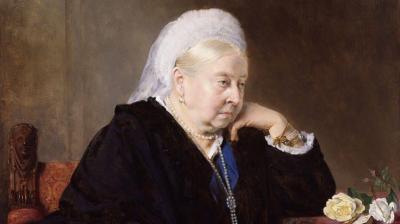For many centuries, hemophilia, also known as hereditary bleeding, has represented one of the most dangerous diseases that challenged doctors. Those affected by this condition often die young, typically before reaching the age of thirty, as an accidental fall during play can result in internal bleeding that the hemophilia sufferer’s body cannot treat due to its inability to control blood clotting, leading to death.
In Europe, between the nineteenth and twentieth centuries, hemophilia became a disease of emperors and kings. Due to the genetic factors of this ailment and the royal marriages among different ruling dynasties at the time across the continent, hemophilia made its appearance among many members of European royal families, leading to the premature deaths of many of them. Historians blame Queen Victoria of Britain for spreading this disease, as she was a carrier of hemophilia genes despite not being affected by it, which she passed to several of her daughters who later married into other royal families in Europe.
#### A Disorder Troubling the House of Hanover
Victoria ascended to the throne of Britain following the death of William IV and reigned from 1837 to 1901. From her marriage to Prince Albert, the Queen had nine children, many of whom carried the hemophilia genes that troubled the members of the House of Hanover, who ruled Britain from 1714 to 1901.
Over the past centuries, many members of the House of Hanover intermarried, with many resorting to marrying their relatives, thus creating an environment suitable for the emergence of this disease within their family. Since the seventeenth century, many members of the House of Hanover died young due to hemophilia, for which doctors at the time could not provide a cure.
Queen Victoria's son, Prince Leopold, Duke of Albany, died at the age of 30 from this disease after suffering a brain hemorrhage that the doctors could not stop. In the following years, six of her grandchildren also died due to hemophilia. At the top of the list of victims were the children of Princess Beatrice, Victoria's youngest daughter, who lost three of her children due to hemophilia genes.
#### A Disease Transmitted to Russia That Troubled the Romanov Family
On another front, Victoria transmitted the hemophilia genes to the Russian throne, exacerbating the suffering of the Romanov family, which was facing increasing social protests due to labor movements and deteriorating living conditions at the time.
Around 1894, Tsar Nicholas II married Princess Alix, daughter of Princess Alice and granddaughter of Queen Victoria, who took the name Alexandra after her marriage. Moreover, the granddaughter of Queen Victoria carried the hemophilia genes and passed them to her only son and heir to the Russian throne, Alexei Nikolaevich, who suffered from the ravages of this disease throughout his life, which tragically ended after the Bolshevik Revolution when he and the rest of his family were executed by the Bolsheviks at the age of thirteen.
The disease affecting the heir to the throne led to the entry of the monk and spiritual healer Grigori Rasputin into the Russian imperial court. Rasputin was summoned once to stop a bleeding episode that Alexei was experiencing, which doctors failed to treat properly. Unexpectedly, Rasputin managed to stop the bleeding, saving the heir to the throne, thus becoming a close figure to the royal family in Russia, which led him to intervene in the country's affairs, causing concern and anger among the Russians, who later questioned his relationship with Queen Alexandra and his role at the imperial court.




